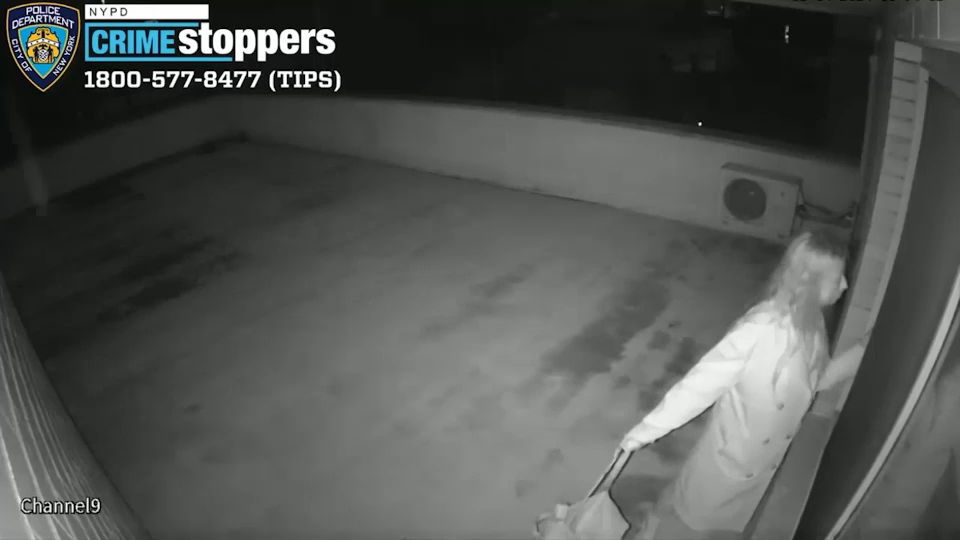Investigation into warning signs of the Hoboken NJ Transit crash
HOBOKEN, New Jersey (WABC) -- It appears there were warning signs to the Hoboken Terminal crash.
Federal rail inspectors were worried about a possible accident at New Jersey Transit; it's why they were auditing the railroad.
Had they dug deeper into their own accident data, they would have seen a troubling trend possibly foreshadowing the crash.
Checking the Federal Railroad Administration accident database, Eyewitness News uncovered three other accidents the very same terminal involving New Jersey Transit Trains slamming into a bumper stop in the last 10 years.
While not as serious, they did cause tens of thousands of dollars in damage and in one case, even injury.
Last year, an engineer ran a red signal and struck the bumping block, injuring one.
In another, the train derailed after striking the bumping block when the engineer failed to apply the handbrake.
"The complacency suggests a monumental failure on their part," said Andrew Maloney, a rail safety attorney.
Maloney says three similar accidents at the same station were obvious red flags.
"They ignored it because nobody was hurt or killed in those cases. It should have been enough of a warning that there was property damage or the safety violations, but they ignored it," Maloney said.
Meanwhile, a source close to the crash inquiry tells us investigators are not happy that the event data recorder in the back locomotive was not working.
While there is a black box in the front cab, it's been buried under debris for days.
"It's a federal requirement that the lead engine, lead locomotive cab car have a working event recorder," said James Southworth, NTSB.
But the broken black box in the back locomotive is a serious safety violation according to rail experts who tell Eyewitness News the back locomotive would have been the lead car on its return trip, had the train not crashed and therefore was required to have a working data recorder.
It begs the question, how many other event data recorders on NJ Transit trains are not working?
"We have other trains out there that might have a possible accident and we're not going, we might potentially not know why those accidents occur. It's incompetency at its highest levels," Maloney said.
There's also growing interest in the weight of the train.
On the day of the accident, it was short one car forcing passengers to crowd into four rather than the usual five cars, delays by trains at earlier stations pushed even more onto the shortened train.
"The more weight you have the harder it is to stop that train, the more inertia you have. That inertia is the force," Maloney said.
It's believed the shorter trains are the result of under-funding of the railroad with cars, Eyewitness News is told, sitting in maintenance yards waiting for spare parts.
On another note, a source close to the investigation says fatigue is not a factor here since the engineer was returning to work the day of the crash after having two days off.






